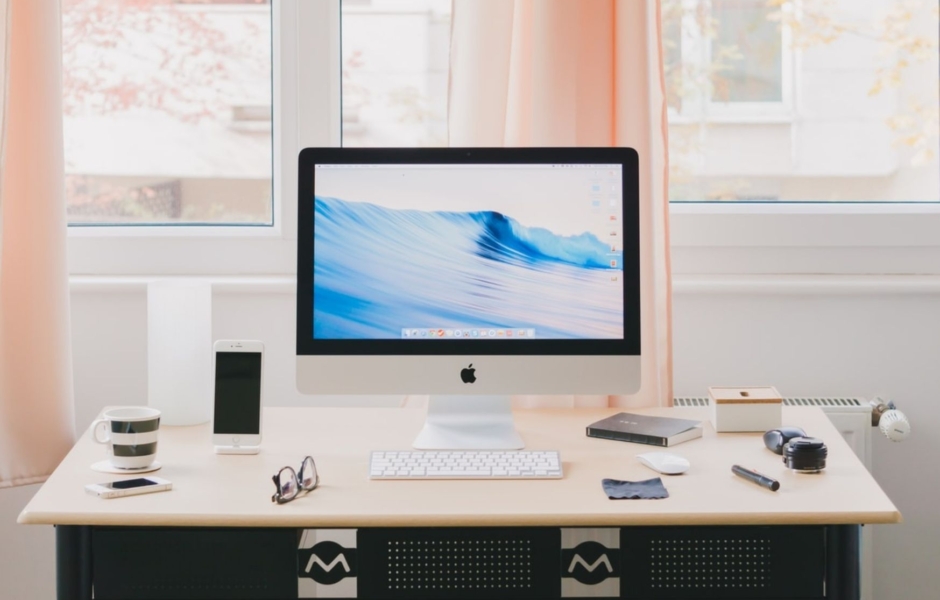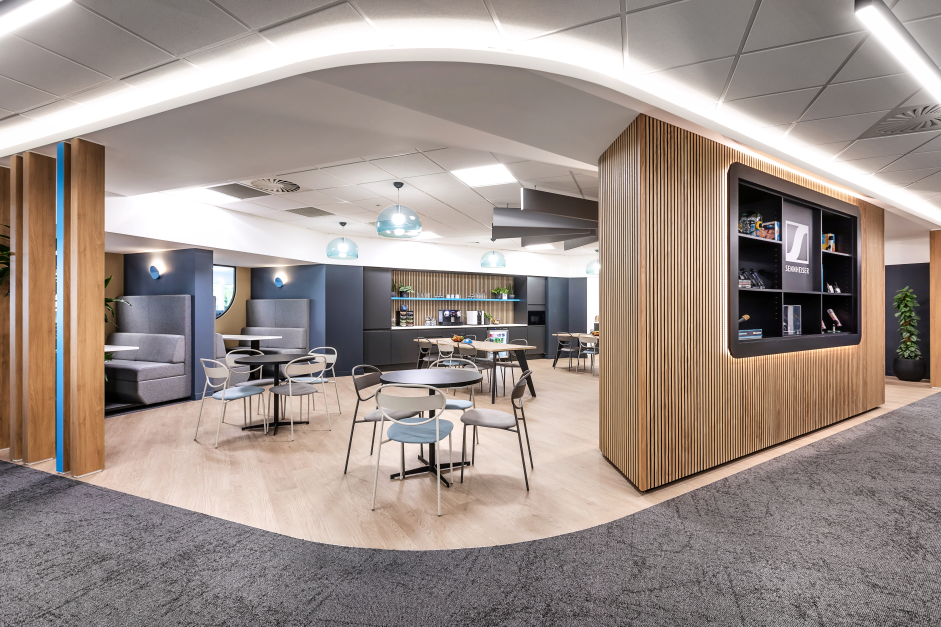
How to Create a Productive Home Office
Creating a distinction between ‘home’ and ‘work’ is not something we would usually have to contend with; however, whilst we’ve been working at home for the past year, we’ve noticed how easy it can be to blur these boundaries. Having a dedicated working area is vital to minimising the endless distractions we encounter at home and increasing our productivity.
Initially we weren’t given any notice to set up a fully equipped home office; yet we’re now in our third national lockdown and there are still people living their 9-5 life using their dining room table and chair as a replacement for the working environment we once took for granted.
There has been a lot of talk about what life will be like post COVID-19 and we expect to see lots of companies look to create a hybrid workplace which will see employees working from home one or two days a week.
With working from home becoming a more permanent feature we’ve created a simple checklist of things to consider before you permanently set up your home workspace.
Choose the right space
Choosing the right place to set up your workspace is crucial. Ideally you would utilise an area of your home that is infrequently used so that other members of the household are less likely to come and interrupt you.
It should be free of clutter and distractions which can significantly decrease productivity. If you’re like us then you might be used to having the radio playing in the office so don’t be afraid to keep your speakers or earphones on hand. Sometimes a bit of music can inspire creativity or tune out other domestic inputs!
You could personalise the space by adding a splash of your favourite colour or put up some family photos to make your new office somewhere you’re happy to sit for 8 hours a day.
The workstation
Not everyone is able to have a room completely dedicated to being their office and may not be able to squeeze in a big desk; however, everyone should have a workstation with enough room for their laptop, screen (if you have one) and a keyboard and mouse placed at appropriate relative distances.
Your wrists should be able to sit on the workstation comfortably and be fully supported as you type. The screen you’re using should be no further away than arms-length and should sit at eye level without needing to look up or down. Your legs should comfortably fit underneath the workstation with both feet flat on the floor.
For a more detailed guide in how to ergonomically set up your workstation, check out this easy to follow video.
The chair
The chair you choose is essential for pain-free working. It is important to use a chair that provides strong lumbar support to correctly support the natural curve in your spine.
There are a variety of styles of task chairs on the market. From fabric vs mesh to castors vs gliders, there are countless options available. Fabric chairs tend to be a more comfortable and attractive option; however, mesh chairs are also a popular choice as they offer breathable comfort that supports your back.
Castors are a frequent choice as they offer smooth movement to retrieve those back up documents with ease or perhaps whiz over to the coffee machine! If purchasing a new chair be aware that there are castors wheels especially suited to carpet, rugs or even ceramic floors. Certainly beware of ‘wear and tear’ on certain hard flooring like timber, where lacquers and varnishes can be impacted. For this surface ‘glide’ feet are better.
As you will be spending lots of time sitting in it, the most important thing to keep in mind when choosing your perfect office chair is that it needs to be comfy. For this make sure it can adjust to suit your size and seating preference. Lastly, if you have any back or posture ailments consider lumbar adjustment, a common added extra in many modern task chairs.
Lighting
Working in a well-lit environment is pivotal in helping to avoid straining your eyes whilst you work. Not only can it damage your eyesight, but improper lighting can cause drowsiness and fatigue which can decrease productivity. Have lighting over your reading area, on the computer and behind you to ensure there is no reflection on your screen.
Natural light is best although during these winter months it, natural light may not always be a possibility. Trying to make the most of the natural daylight when it’s available will benefit your mood as well as boost your productivity. Who doesn’t love a sunny day?!
Air quality
With current strict restrictions on when and for how long we can go outside, it is more important than ever to open a window and let in some fresh air. Poor air quality can lead to headaches and fatigue, two symptoms that make sitting at a desk working on a bright screen more strenuous.
By adding fresh air and indoor plants into your working environment, you can reduce stress and improve your attention capacity allowing you to concentration on the more difficult parts of your workload.
For more tips about how to create a positive home working environment check out our Positive Home Workplace blog.













Our Core Values are what make us Blue Jelly.
We are Ambitious
Highly driven, forward thinkers who won’t shy away from a challenge. Bringing big ideas to the table and making them a reality. Always striving to be the best that we can be.
See more at www.bluejelly.net
#WeAreAmbitious #PlacesWherePeopleWantToWork #WorkplaceDesignandBuild #ThinkBigger